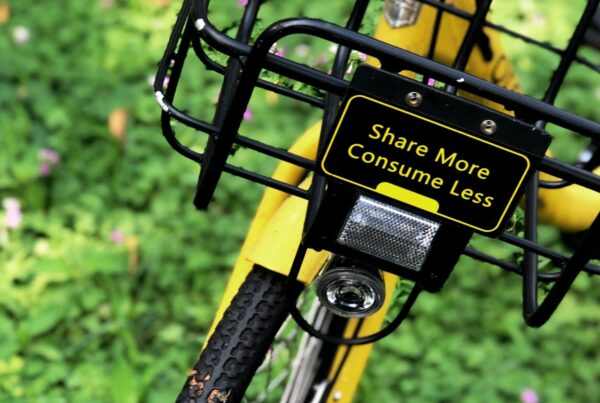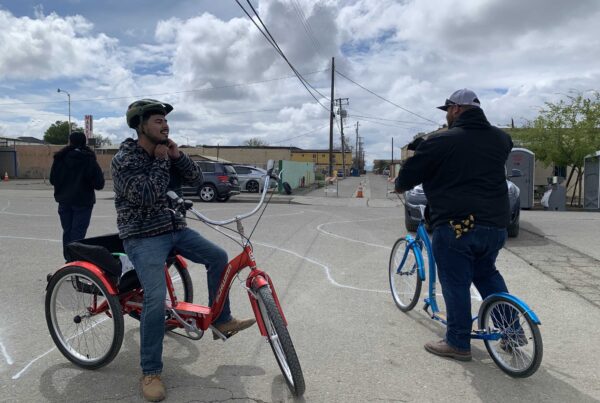Every day in cities across the country, people make choices that determine how they will get from point A to point B. Personal choices factor in cost, convenience, and design, but a broader set of variables — including technology, land use policy, and access to various transit modes — underlie and facilitate these trips.
In June, the “Innovation in Mobility Public Policy Summit,” sponsored by the Association for Commuter Transportation, Transportation Sustainability Research Center, Mobility Lab, Transit Center, and Shared-Use Mobility Center, brought together a range of participants to discuss these themes in Washington, DC. At the summit, elected officials, transportation entrepreneurs, academics, and developers engaged with a number of questions including, “What are new ways of solving urban mobility problems? How can we better design systems to address the needs of the public? Who should be engaged to make this happen?” The gathering was an extension of the first shared-use mobility summit that took place in San Francisco in October 2013, and was a platform to announce the launch of the Shared-Use Mobility Center, whose purpose is to accelerate the availability, equity, and impact of new transportation models. Throughout the two days, these speakers addressed a range of issues such as how to facilitate seamless integration across modes, how to accommodate a wider demographic of users, how to bridge the first/last mile gap, and how best to leverage technology and open data.
To read the full article, click here.
Photo by MV Jantzen


